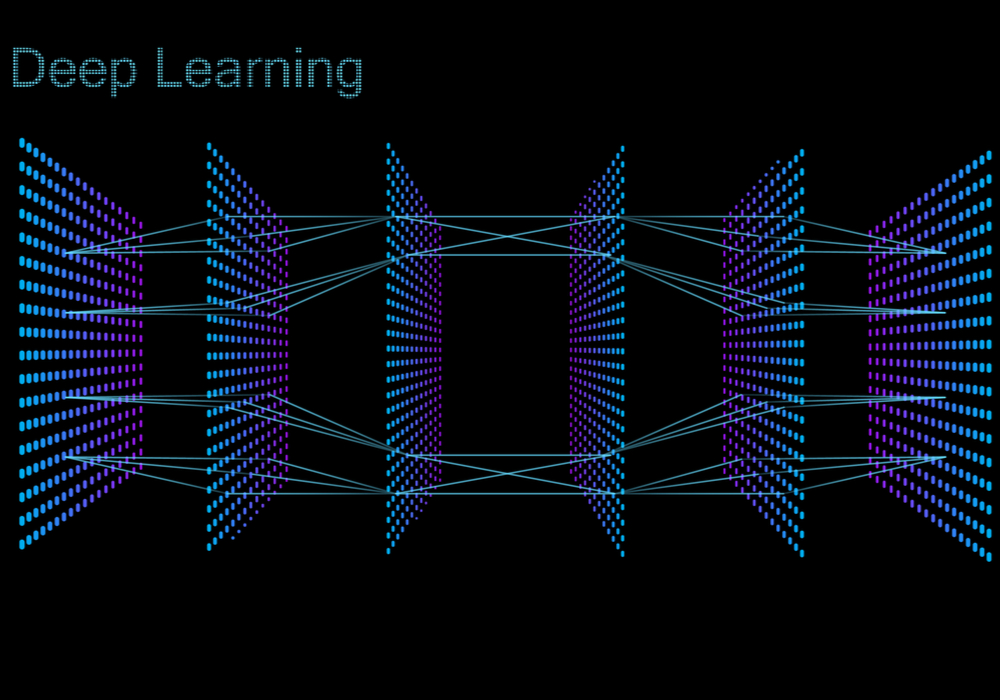
Learn how to Construct an Synthetic Intelligence Module for MetaTrader 5 Advisors Utilizing ChatGPT-like Forecasting Strategies
Integrating synthetic intelligence (AI) into the MetaTrader 5 (MT5) buying and selling platform has grow to be more and more standard as merchants search extra superior, data-driven methods. Constructing an AI module for MT5 that works on the precept of ChatGPT—producing predictions based mostly on historic knowledge—requires each an understanding of monetary markets and information of AI and machine studying methods. On this article, we are going to stroll by way of the method of making an AI-powered module for an MT5 skilled advisor (EA) that forecasts market actions and executes trades based mostly on these predictions
Key Ideas and Conditions
Earlier than diving into improvement, it’s important to know a number of key ideas:
- MetaTrader 5 MT5): A buying and selling platform that helps algorithmic buying and selling, permitting customers to automate methods by way of Professional Advisors (EAs). The MT5 platform makes use of its proprietary programming language, MQL5.
- Synthetic Intelligence (AI) and Machine Studying (ML): AI is used to simulate human decision-making, and machine studying permits the system to “study” from historic knowledge and enhance over time. The AI we’ll be discussing makes use of **deep studying** fashions like ChatGPT, which predict outputs based mostly on patterns in knowledge.
- Python and MQL5 Integration: Whereas MQL5 is highly effective, its machine studying capabilities are restricted. For superior AI duties just like the one we’re constructing, integrating MQL5 with Python is crucial. Python has highly effective machine studying libraries equivalent to TensorFlow, PyTorch, and scikit-learn, which are perfect for constructing AI fashions.

Step 1
Set Up MetaTrader 5 and MQL5 Growth Setting
First, ensure you have MetaTrader 5 put in and entry to the MetaEditor IDE, the place you will write MQL5 code to your EA. The purpose is to construct an AI module that integrates Python’s machine studying capabilities into the EA code.
1. Set up MetaTrader 5: If you have not already, obtain and set up MetaTrader 5 from the official [MetaTrader website]
2. Familiarize Your self with MQL5: You’ll want to jot down MQL5 code to deal with commerce logic, knowledge fetching, and EA integration. The official [MQL5 documentation](https://www.mql5.com/en/docs) is a superb useful resource.
Step 2
Combine MQL5 with Python

Since MT5’s native surroundings will not be supreme for constructing deep studying fashions, we have to combine it with Python.
1. Set up Python: Obtain and set up Python from the [official website](https://www.python.org/downloads/). Be sure you set up a model appropriate with MetaTrader 5 (Python 3.6+ is often required).
2. MetaTrader 5 Python API: Set up the **MetaTrader5** Python bundle, which lets you work together with MT5 from Python. You’ll be able to set up it through pip:
The documentation for the MetaTrader5 Python bundle will be discovered [here](https://pypi.org/mission/MetaTrader5/).
3. Writing Python Scripts for MT5: You’ll write Python scripts to deal with the AI logic (knowledge fetching, coaching fashions, making predictions). Your EA in MQL5 will set off these Python scripts to execute the AI mannequin and return predictions.
Step 3
Acquire and Preprocess Market Information
For the AI mannequin to make correct predictions, it wants a strong dataset.
1. Historic Market Information: Fetch historic market knowledge equivalent to value, quantity, indicators (e.g., RSI, MACD), and different monetary metrics. In MT5, you need to use the `CopyRates` operate in MQL5 to drag this knowledge. Instance:
MqlRates charges[];
int copied = CopyRates(Image(), PERIOD_H1, 0, 1000, charges);
2. Preprocess the Information: Clear and normalize the info in Python. As an illustration, you need to use the **Pandas** library to format the info for machine studying. Make sure you take away anomalies and scale the options for consistency:
import pandas as pd
from sklearn.preprocessing import MinMaxScaler
# Convert MT5 knowledge to Pandas DataFrame
df = pd.DataFrame(knowledge)
# Normalize the info
scaler = MinMaxScaler()
scaled_data = scaler.fit_transform(df)
Step 4


Construct and Prepare the AI Mannequin
Now that now we have the info, it’s time to construct the AI mannequin, which can operate equally to ChatGPT by predicting market actions based mostly on historic knowledge.
1. Select a Mannequin Kind: For market prediction, fashions like Lengthy Brief-Time period Reminiscence (LSTM) networks or Recurrent Neural Networks (RNNs) work nicely. These fashions are able to capturing time-based dependencies in monetary knowledge.
2. Create the Mannequin in Python: You need to use TensorFlow or PyTorch to create your LSTM mannequin. Right here’s an instance utilizing TensorFlow:
from tensorflow.keras.fashions import Sequential
from tensorflow.keras.layers import LSTM, Dense
mannequin = Sequential()
mannequin.add(LSTM(50, return_sequences=True, input_shape=(X_train.form[1], X_train.form[2])))
mannequin.add(LSTM(50, return_sequences=False))
mannequin.add(Dense(25))
mannequin.add(Dense(1)) # Output layer for prediction
mannequin.compile(optimizer=”adam”, loss=”mean_squared_error”)
mannequin.match(X_train, y_train, batch_size=64, epochs=10)
3. Prepare the Mannequin: After the mannequin is outlined, practice it in your preprocessed historic market knowledge. As soon as skilled, the mannequin will study to foretell future market actions based mostly on patterns.

Step 5
Combine the AI Mannequin into MetaTrader 5
Now, it’s worthwhile to hyperlink the Python-based AI mannequin to your MetaTrader 5 buying and selling system.
1. MQL5-Python Integration: You need to use the ShellExecute or PythonFunctionCall instructions to run the Python script from inside your MQL5 EA. The Python script will make predictions, which the EA can then use to execute trades.
int deal with = ShellExecute(“python”, “path_to_your_script.py”);
2. Get AI Predictions in MQL5: The Python script will output predictions (e.g., purchase/promote indicators), which the EA reads and acts on. For instance, based mostly on the prediction, the EA can place purchase/promote orders:
if (ai_prediction == “BUY”) {
OrderSend(Image(), OP_BUY, lot_size, Ask, slippage, stop_loss, take_profit);
}
Step 6
Take a look at and Optimize the AI Buying and selling Advisor
1. Backtesting: Earlier than deploying your AI module, use MetaTrader 5’s built-in technique tester to backtest your EA with the AI module. It will assist you to fine-tune the system based mostly on historic knowledge efficiency.
2. Ahead Testing: After profitable backtesting, apply the EA to a demo account to see the way it performs in stay market situations.
3. Optimize and Regulate: Constantly monitor the efficiency of your AI mannequin and EA. If essential, retrain the mannequin with up to date knowledge or regulate its hyperparameters to enhance efficiency.

Conclusion
Constructing an AI-powered module for MetaTrader 5 based mostly on the ideas of ChatGPT entails integrating MQL5 with Python, gathering and preprocessing market knowledge, and growing a machine studying mannequin able to predicting market tendencies. Whereas it is a simplified information, it supplies a foundational method to creating a complicated AI buying and selling advisor that may forecast market actions with excessive accuracy.
With the usage of fashionable instruments like LSTMs, TensorFlow, and MetaTrader’s Python API, you possibly can create an clever buying and selling system that constantly learns and adapts to the ever-changing market situations.
For extra data on MQL5 programming, go to the [MQL5 Documentation](https://www.mql5.com/en/docs).
For machine studying in Python, try the official [TensorFlow](https://www.tensorflow.org/) and [PyTorch](https://pytorch.org/) documentation.